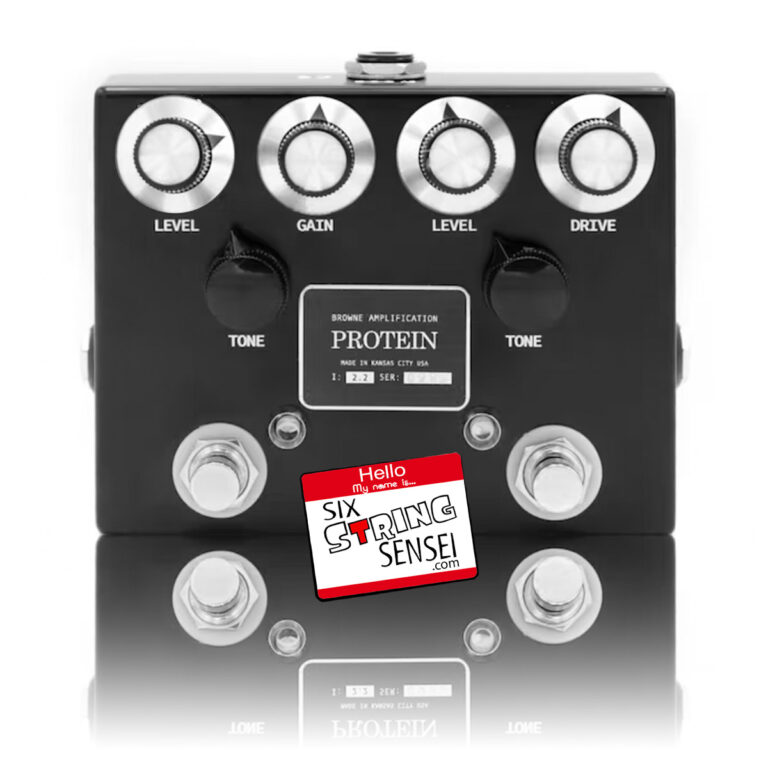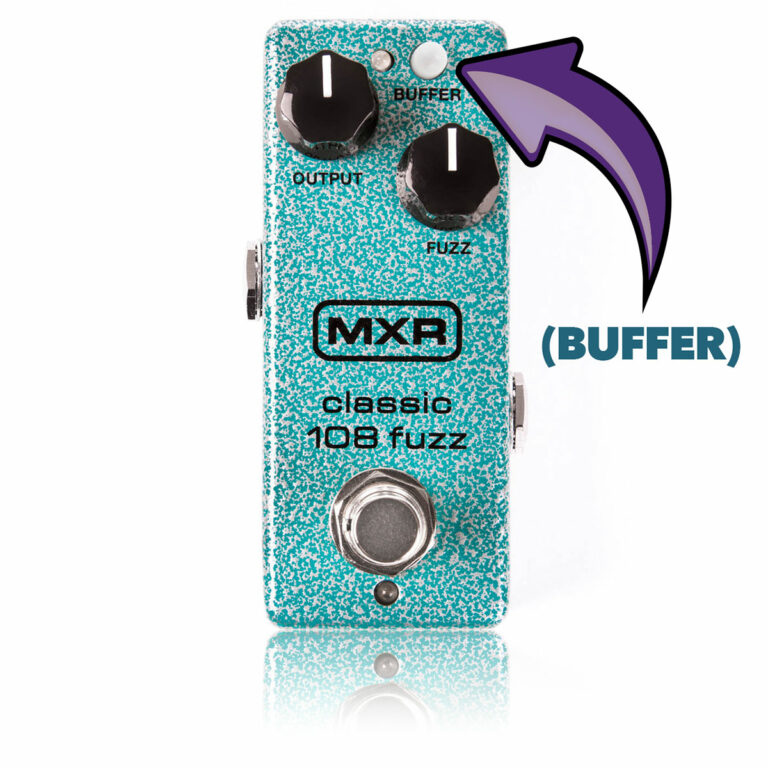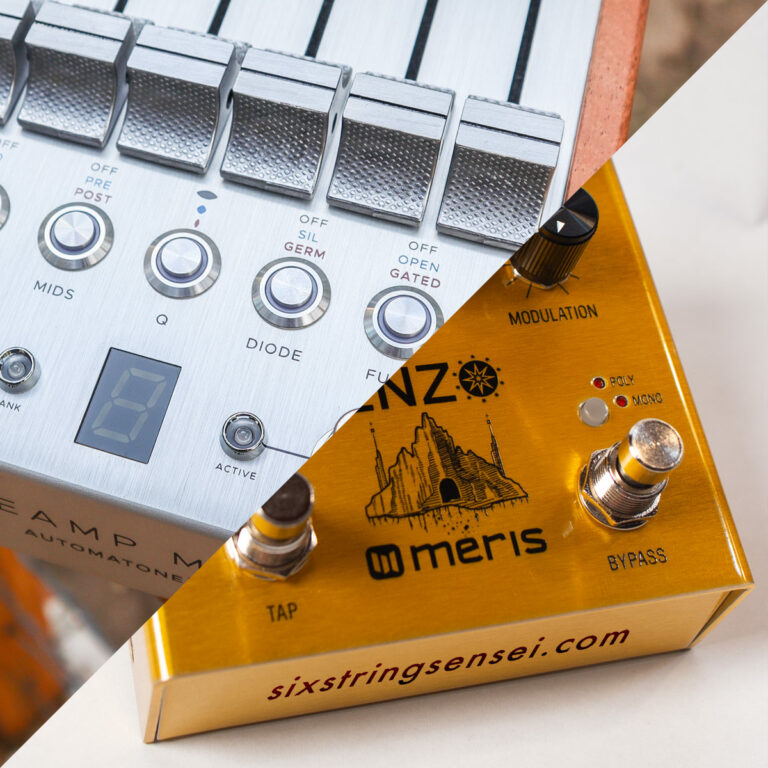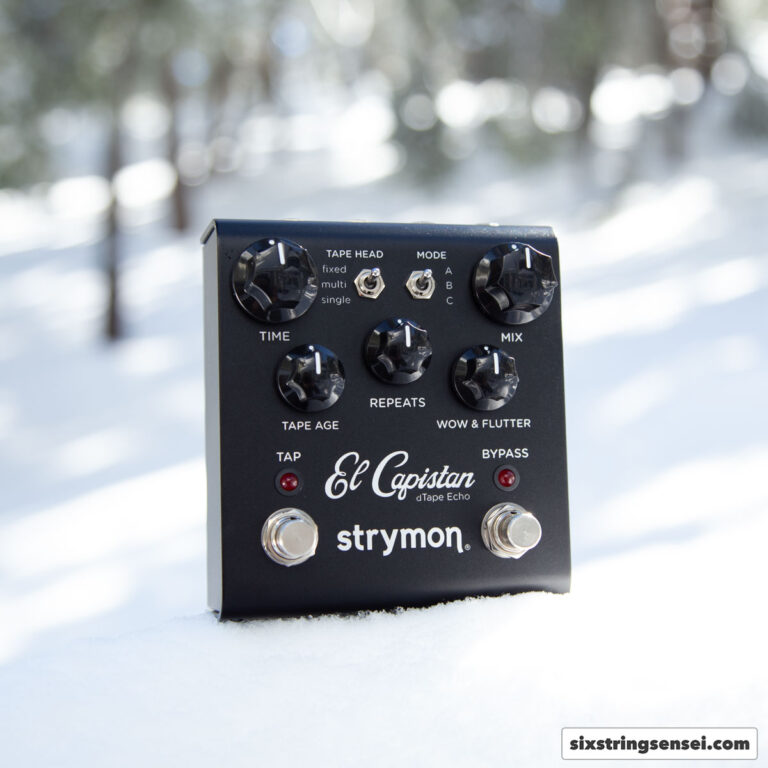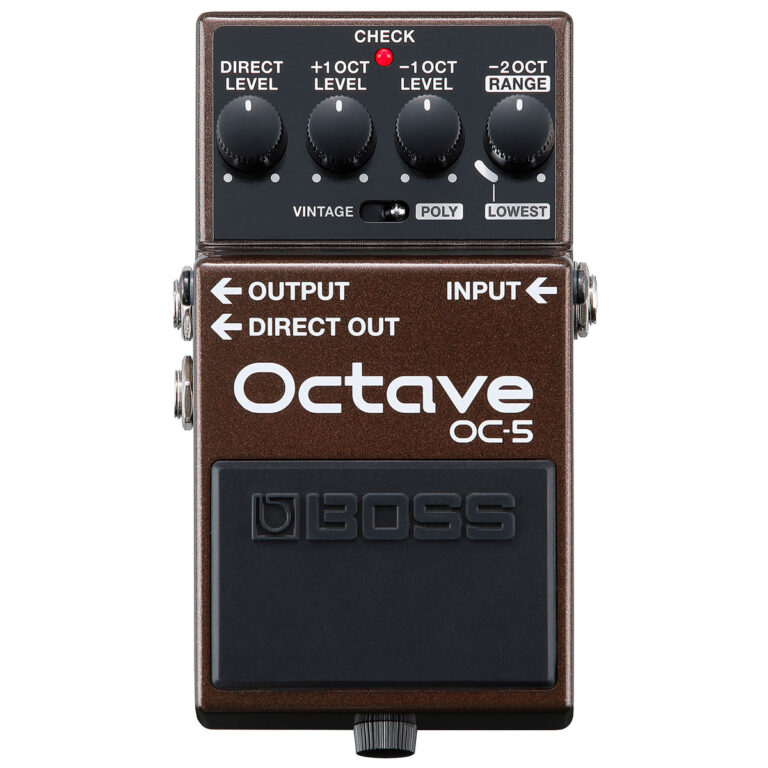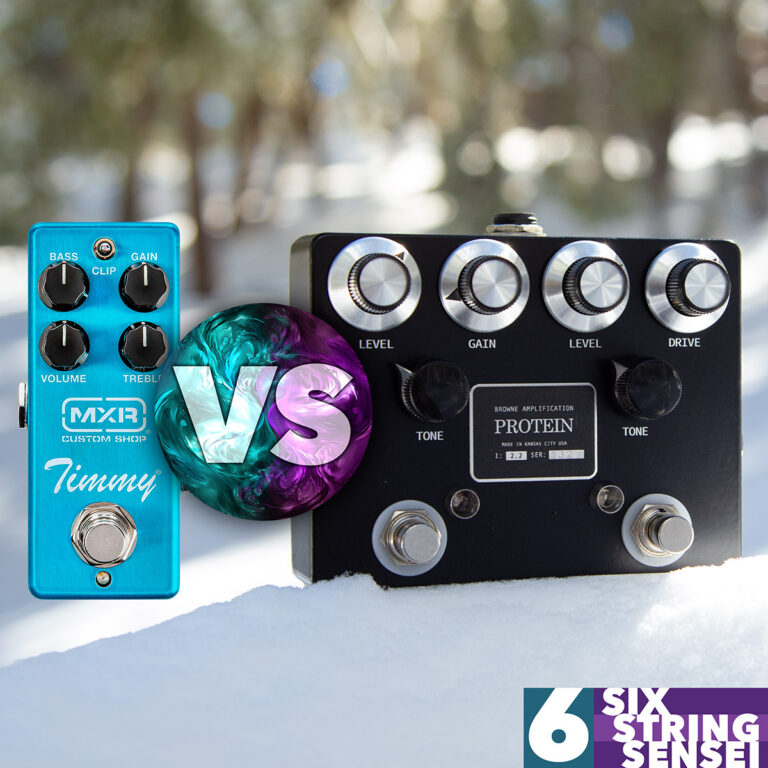Morningstar MC6 Pro Review – Future of MIDI Controllers?
Morningstar MC6 Pro Review by a long time MC8 and MC3 user. We have been awaiting the arrival of the MC6 Pro for well over a year or more now. The time has finally come and I have one. These is what I’m seeing.
I have a Morningstar MC6 Pro MIDI controller here on my studio desk. As long time user of a the Morningstar MC8 and MC3, the MC6 Pro is a welcome addition. While we can all expect that we’ll eventually get a Morningstar MC8 Pro, the Singapore based company seems to usually initiate their new MIDI controller launches around the MC6 platform.
I’m still a big fan of the MC8 and currently run two of them on a large board. There’s no denying that having extra buttons is useful. This is specially true for guitarists like me that like to see everything up front and not have to do a lot of bank, page and preset diving. That all said, it’s no question the MC6 Pro brings a whole lot of new functionality to the table, which currently trumps the MC8.
My Initial Morningstar MC6 Pro Review – Kinda of general overview
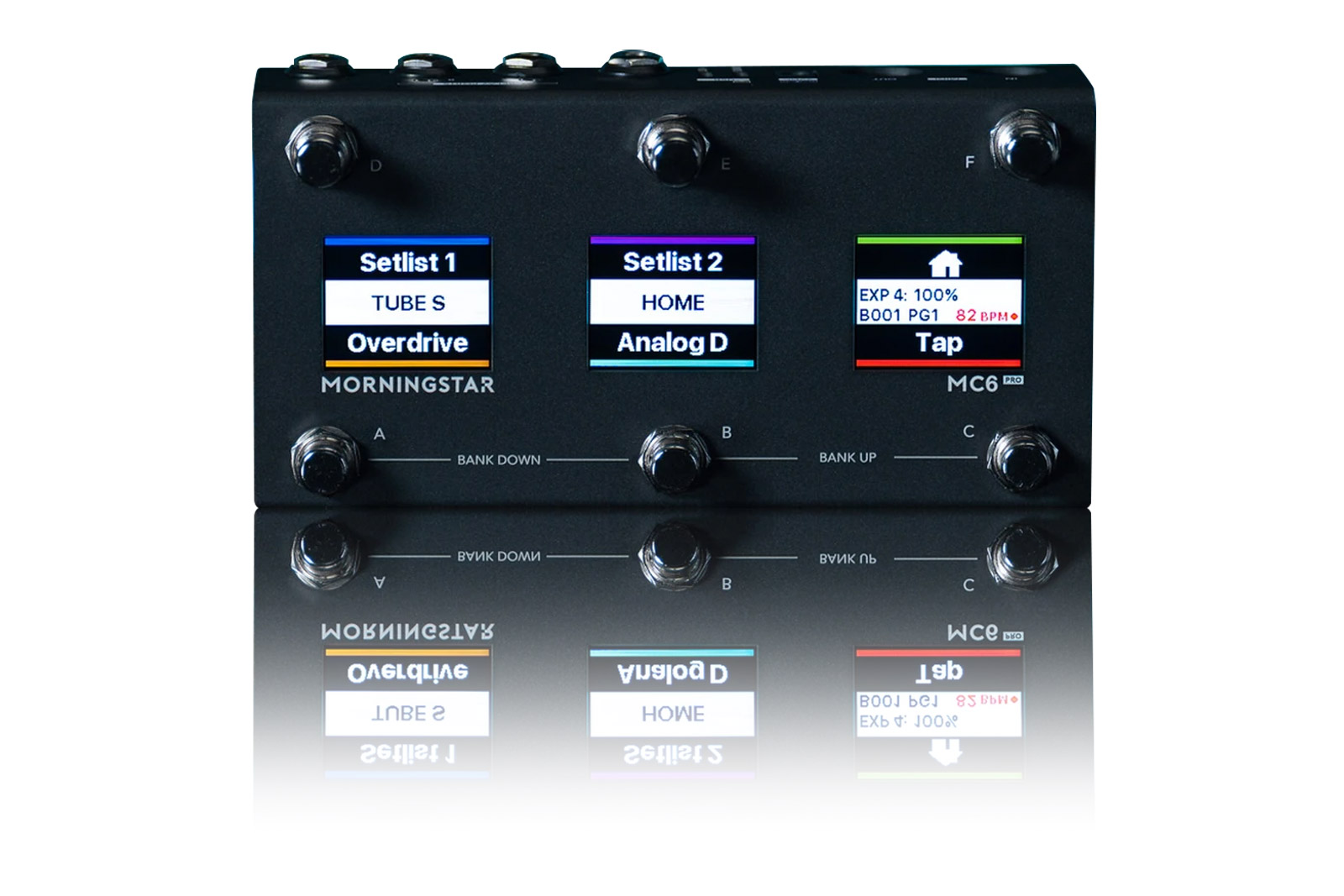
There are a number of things about the MC6 Pro that are not super evident until you start playing around with it. First of all, the switch spacing is a big improvement. The switches are further apart from each other on the MC6 Pro when compared to the original MC6, the MC6 MKII and the MC8. Even though the controller itself is really compact, the wider switch spacing really makes it a lot easier to use, specially in a live situation.
The screens of course are the other big deal here. I didn’t think I would care about color, but it turns out I do. I’ve been playing around with setting up various home base combo presets and being able to toggle colors is definitely nicer than having presets blink at you non-stop just to show that they are active.
Having all the latest connections all in once place is another big improvement. I’m talking about the 4 Omniports, the 2 relays for analog switching of amp channels and analog tap tempo, the two 3.5mm MIDI in and out jacks and finally USB-C host and device connections. I’ve often dismissed pedals like the Source Audio C4 Synth pedal because the only way to feed MIDI to something like that is with USB. Well, now I can.
The MC6 Pro is made to live right on your main pedalboard
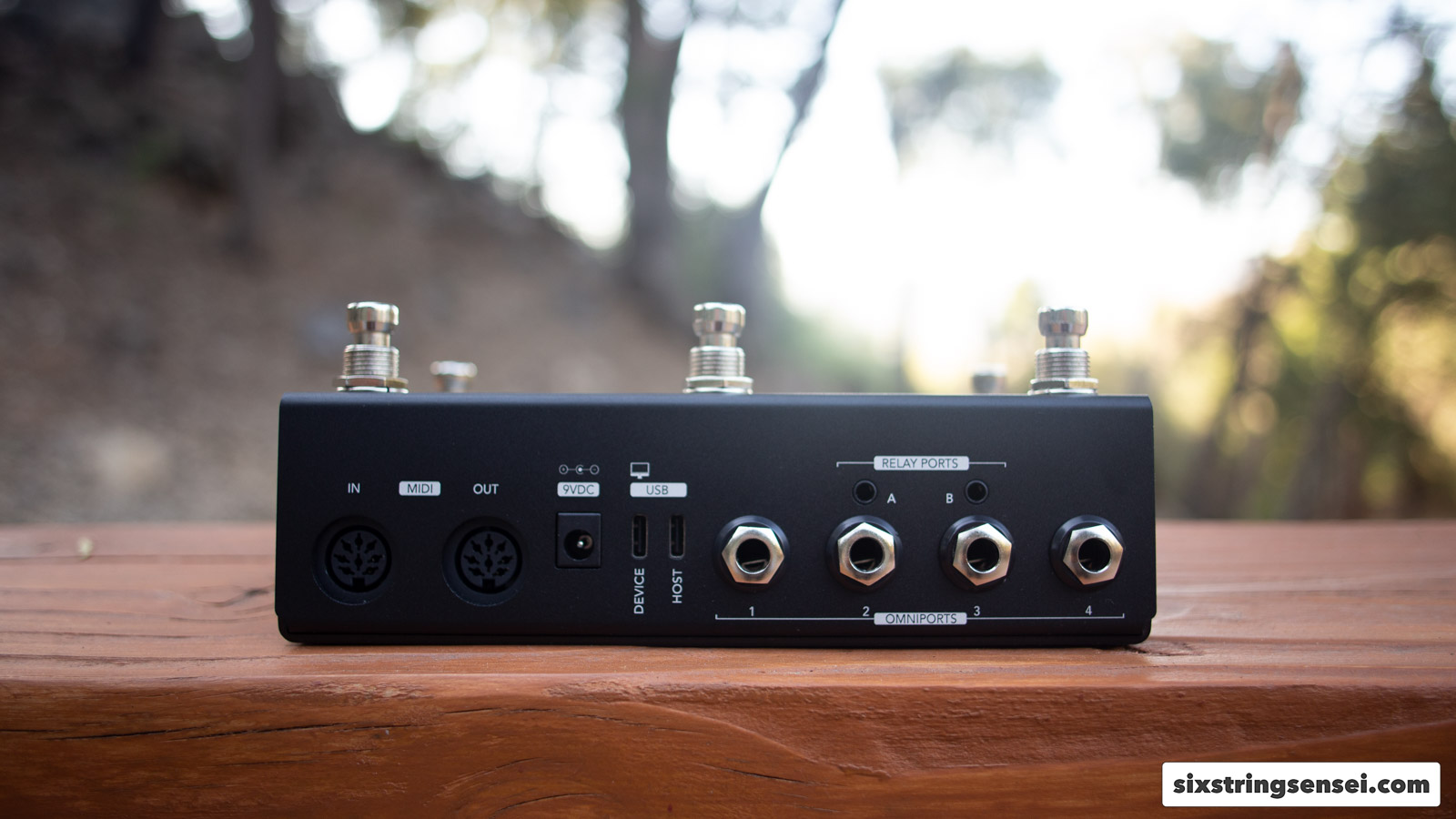
The Morningstar MC6 Pro MIDI controller really lends itself to being directly on your main pedalboard, given all the connection options. What I mean by this is that some guys like to have the MIDI controller on a separate satellite board which then feeds the main pedalboard, or pedalboards. A satellite board is great for guys that use different guitar pedalboards depending on the show or studio session. This approach means you might have a master MIDI controller on a board with an expression pedal or two on it. From there you will have a long MIDI cable that comes out of it to send messages to the main pedalboard. The main pedalboard will either have a MIDI hub to listen for and distribute the messages, or another MIDI controller as a slave.
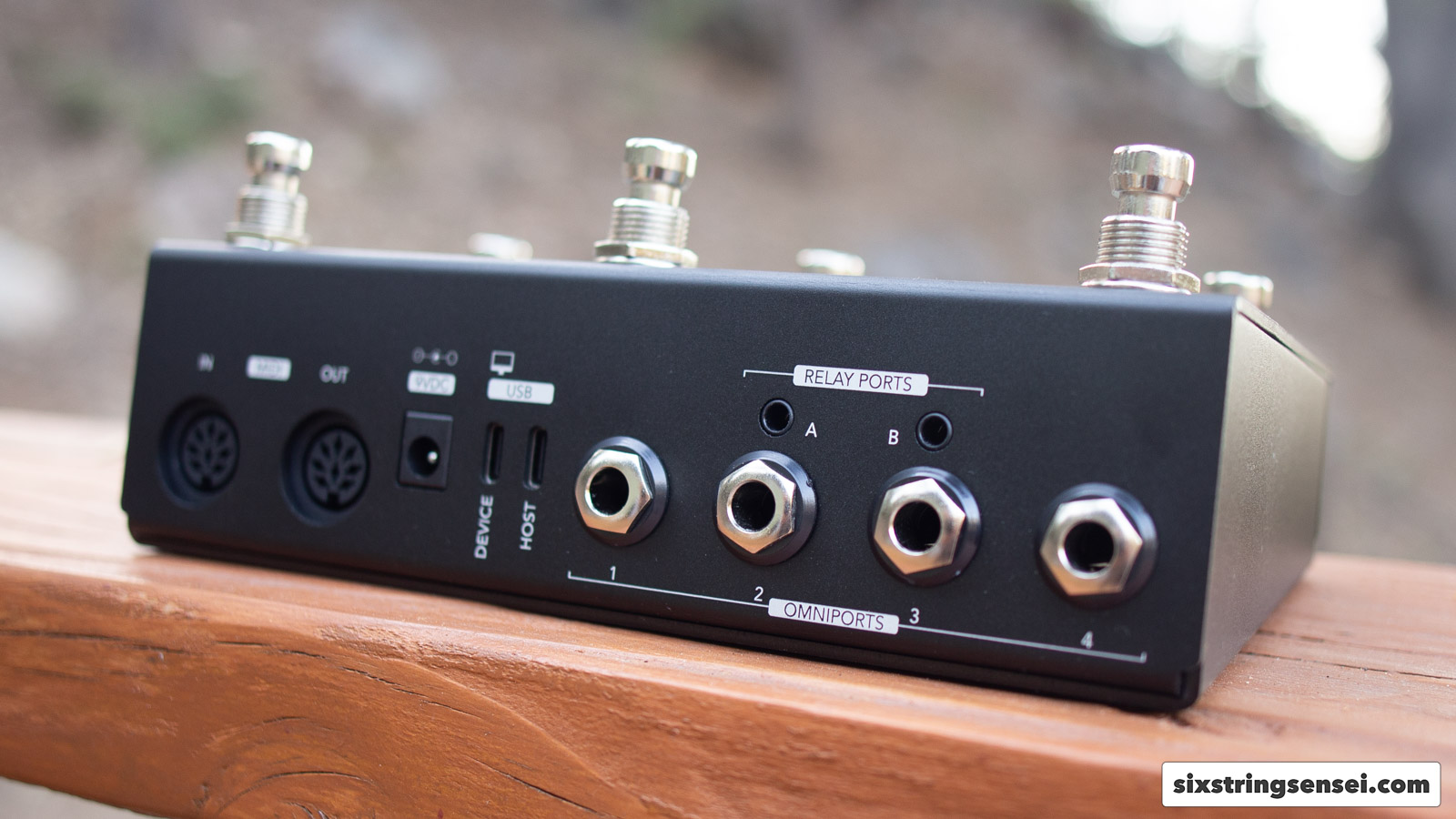
The method of having a separate satellite control board works really well when you like to have your pedalboard on a table for easy reach to all the knobs, but control to it from your feet. In regards to the Morningstar MC6 Pro, it would be a bit of a waste do set it up like this because you wouldn’t want to have to plug in all the other cables every-time you set up. And if you just use one MIDI cable out you’d be missing out on all the other connection options. I mean, I guess you could build a snake and then connect to the main MIDI out, relays and extra connections. Regardless, it does feel like it’s meant to be right on the board.
The main benefit of a MIDI controller
A MIDI controller brings all your pedals together for a central control unit. From this single unit you can control all the pedals on your board. Even analog pedals can benefit from it if you use a MIDI loop switcher like the Morningstar ML5, ML10X, Disaster Area Design DPC.Micro or RJM Mini Effect Gizmo X. Learn more about how some pedal companies promote each others guitar pedals.
About the Morningstar MIDI Editors
Finally, I cannot offer a Morningstar MC6 Pro review and ignore the Morningstar MIDI Editor that runs on Google Chrome. This is probably the single other most important piece of the puzzle. The piece of software is invaluable to using your Morningstar MC6 Pro. I find it so easy to use and so intuitive.
Over the years, the Morningstar MIDI Editor has gotten more and more sophisticated. Even though you can’t just jump in and expect to use I without reading the manual, it’s still a very easy piece of software to use. Keep in mind that Morningstar has a few different versions of MIDI Editors. Some are specific to older MIDI controller models like the MC6 MKI and for the newer loop switcher, the ML10X. They also have a setlist manager. But the coolest thing is that the main MIDI editor works with most of their main MIDI controllers.
Final thoughts on the MC6 Pro and my plans for it
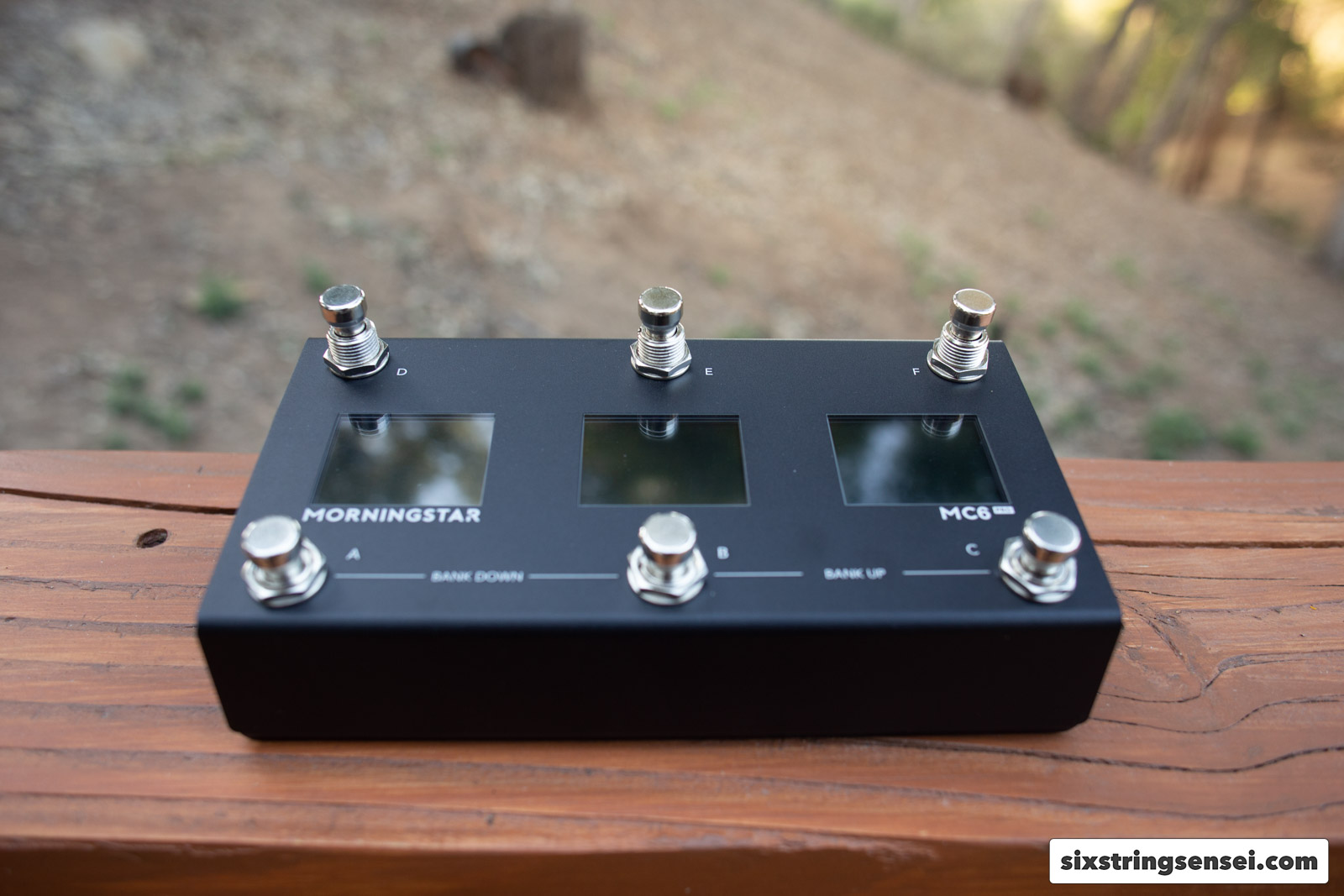
I don’t intend to get rid of my MC8s. The likelihood is I’m going to keep those, as I like a lot of buttons. One consideration would be removing them from my main board and putting them on a satellite board I can use to control various pedalboards and loopers, such as my BOSS RC-600. It might take a little bit of planning, but I think it’s a great idea.
In terms of my MC6 Pro, I’m currently planning a live rig on a Creation Music Company Aero 24×12.5 pedalboard. The idea is to have enough sounds at my feet, but not have it be too big. I honestly should’ve ordered two MC6 Pros from the first batch, as I would have definitely found a way to use them both, but for now, I’m super content with what I have. The Morningstar MC6 Pro MIDI controller looks like the future of MIDI controllers and I’m stoked to be a part of it all.

